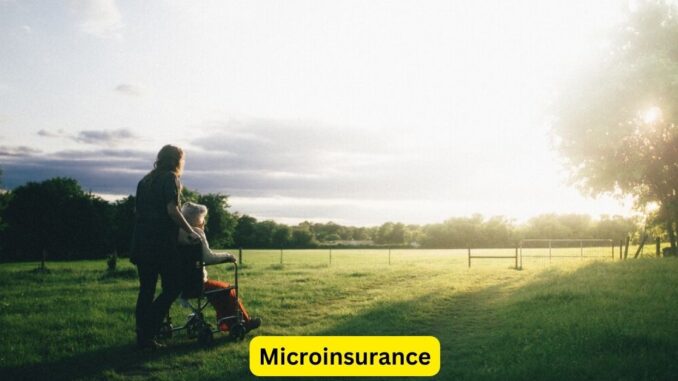
In a world where uncertainties loom large, insurance stands as a pillar of protection against unforeseen events. However, for a significant portion of the global population, traditional insurance remains a distant dream due to various economic, social, and geographical barriers. This is where microinsurance steps in, serving as a beacon of hope for the underserved and marginalized communities.
Microinsurance is tailored to meet the needs of low-income individuals and families who lack access to conventional insurance products. It encompasses a range of coverage, including health, life, property, and even weather-related risks, at affordable premiums, making it accessible to those with limited financial resources.
One of the primary reasons for the widespread appeal of microinsurance is its flexibility and adaptability to diverse contexts. Unlike conventional insurance models, microinsurance schemes are often designed to suit the specific needs of local communities. Whether it’s protecting smallholder farmers from crop failures or providing health coverage to urban slum dwellers, these initiatives are tailored to address the unique risks faced by the vulnerable.
Furthermore, the distribution channels for microinsurance play a pivotal role in its success. Leveraging technology such as mobile phones and digital platforms has enabled wider outreach, even in remote areas where traditional insurance infrastructures are absent. This tech-driven approach not only simplifies the process of purchasing insurance but also reduces administrative costs, making it economically viable for both insurers and policyholders.
Microinsurance doesn’t just mitigate financial risks; it also fosters resilience within communities. By cushioning individuals against unexpected setbacks, it empowers them to invest in education, health, and livelihoods without the constant fear of losing everything they have worked for due to a single unfortunate event.
However, challenges persist in scaling up microinsurance to reach its full potential. Regulatory hurdles, lack of awareness, and trust issues among the target demographic pose significant barriers. Moreover, sustaining these programs in the long term requires a delicate balance between affordability, coverage, and financial viability.
Collaboration among governments, private insurers, NGOs, and local communities is crucial to overcome these challenges. Governments can create an enabling regulatory environment, incentivizing insurers to develop and expand microinsurance products. NGOs and community-based organizations can play a pivotal role in raising awareness and building trust at the grassroots level.
In essence, microinsurance stands as a powerful tool in bridging the gap between the privileged and the underserved, offering a ray of hope and protection to those who need it the most. As it continues to evolve and expand, its potential to uplift communities and pave the way for a more resilient and inclusive society remains boundless.

Leave a Reply